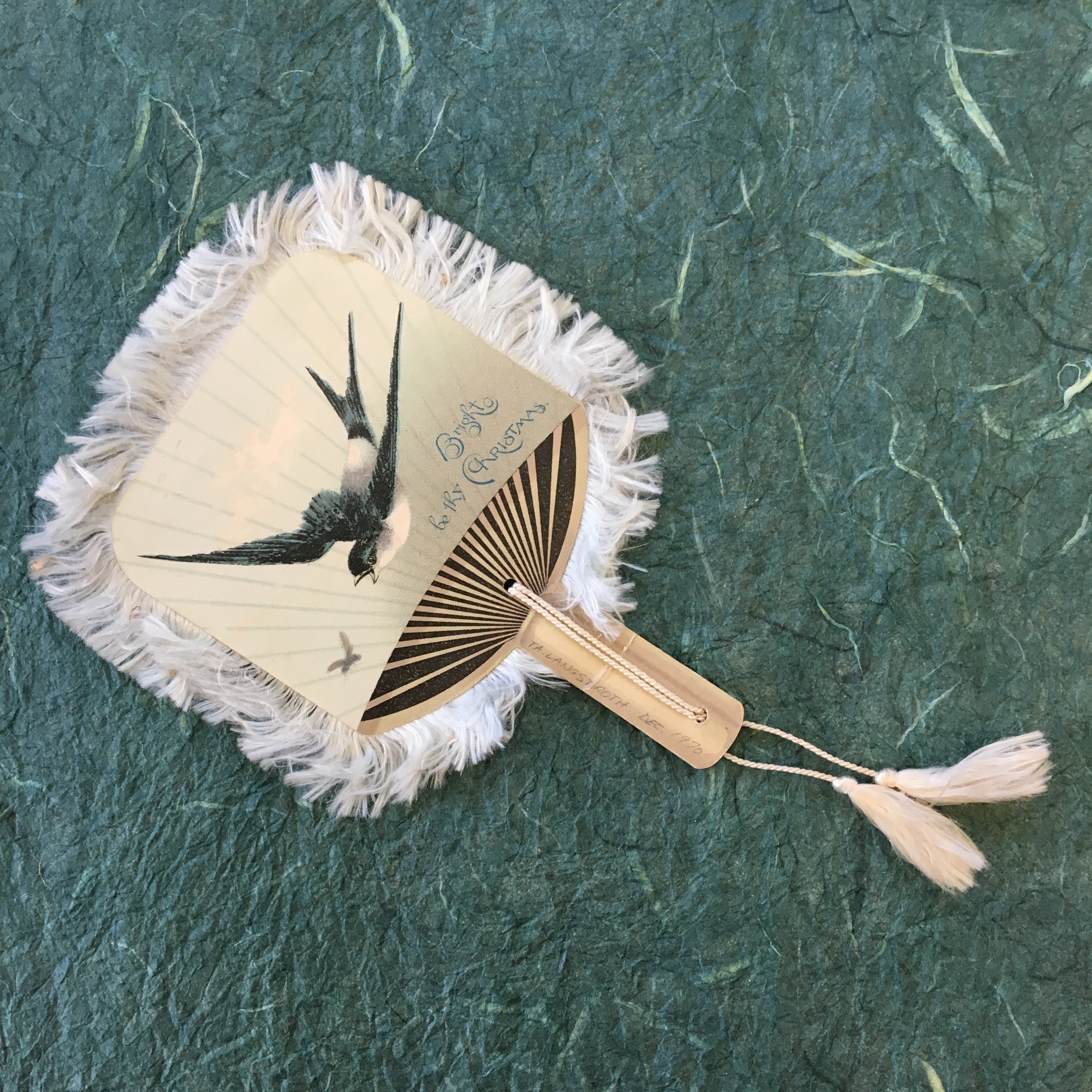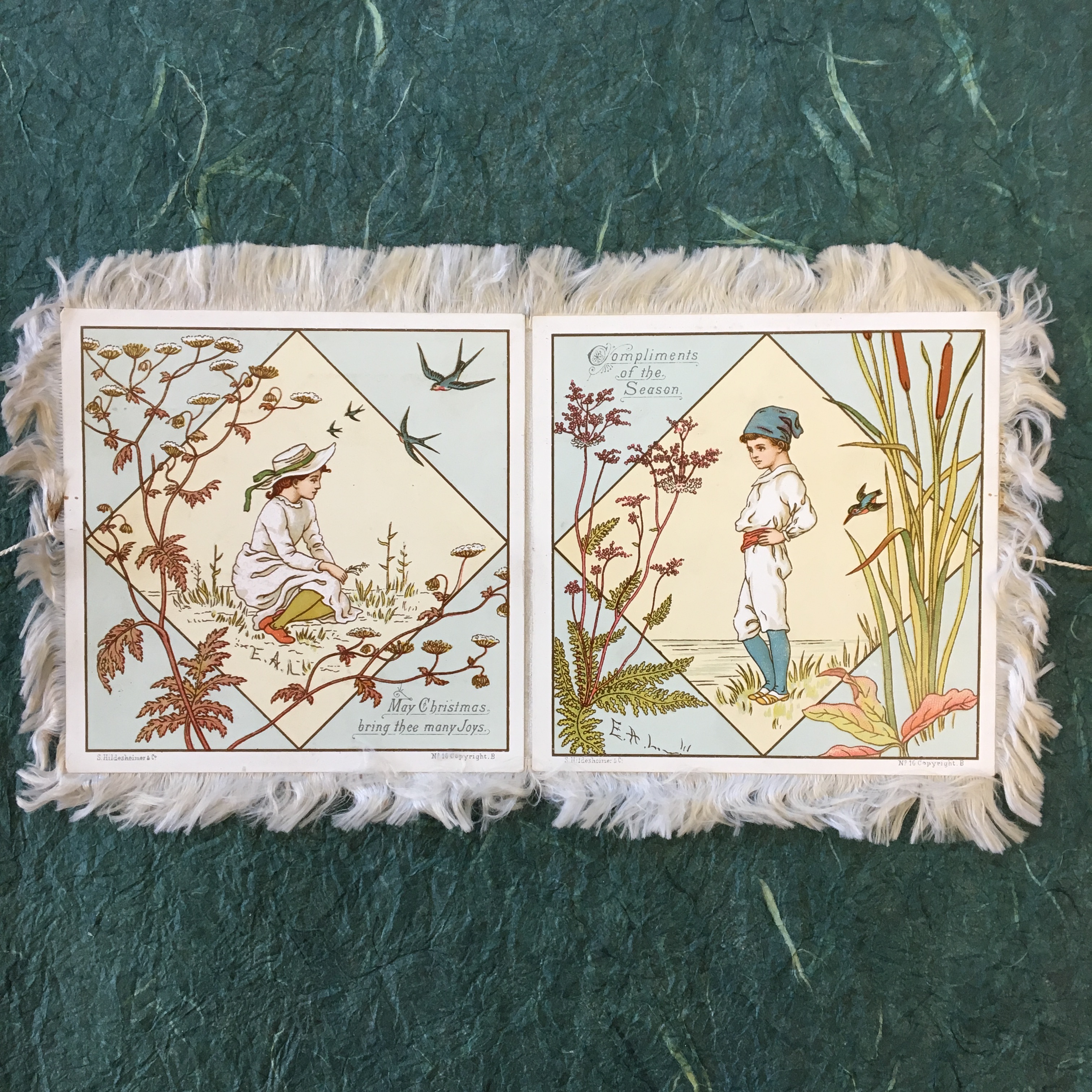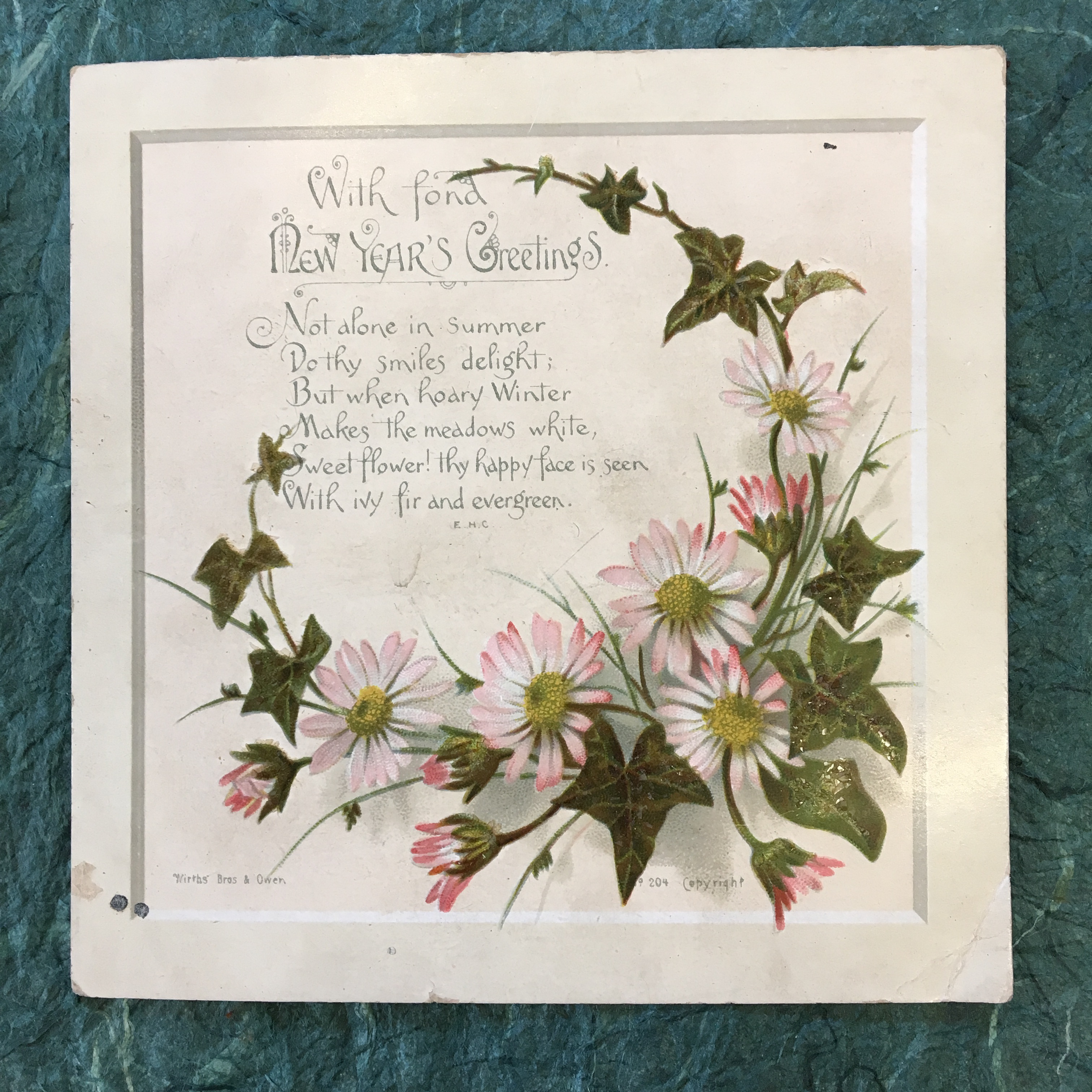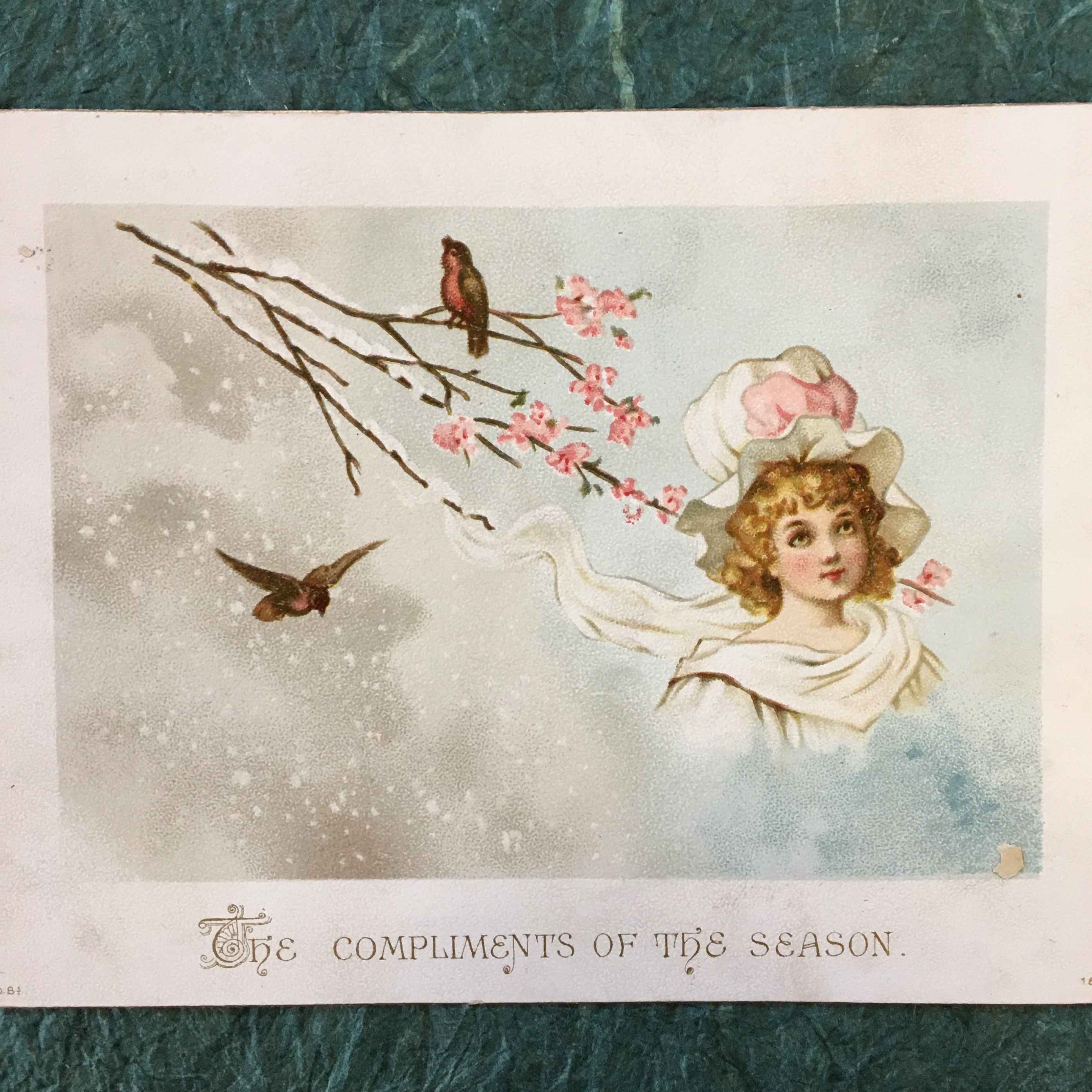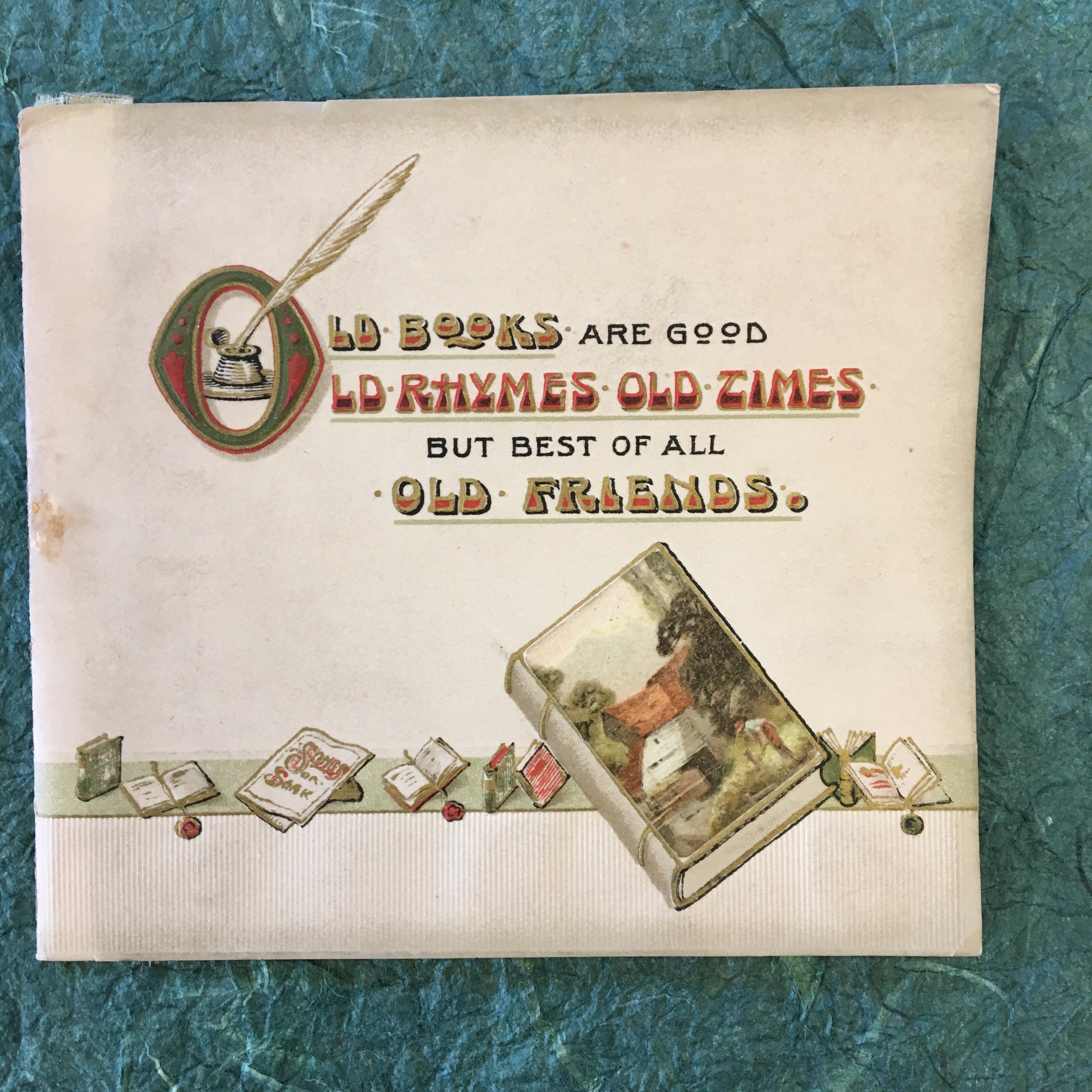- Events & Programs Home
- Calendar
- Accessibility
- Adults
-
Families & Teens
- Families & Teens Home
- 10x10 Teen Art Expo
- Art on the Rise
- Art Together: Art Making for Families with Children Ages 3–5
- Babies Sing with May Festival Minis
- Boy Scouts / Girl Scouts
- CAM Kids Day
- Family Storytime and Gallery Walk
- Family Studio: Art Making for Families with Children Ages 6–12
- Games in the Galleries
- Members-Only Baby Tours
- Public Baby Tours
- REC Reads
- Rosenthal Education Center (REC)
- Saturday Morning Art Class
- See Play Learn Kits
- Summer Camp
- Teen Fest: Zine and Comic Exchange
- RECreate
- Teachers
- Community Outreach
- Fundraisers
- Plan Your Own Event

- Events & Programs Home
- Calendar
- Accessibility
- Adults
-
Families & Teens
- Families & Teens Home
- 10x10 Teen Art Expo
- Art on the Rise
- Art Together: Art Making for Families with Children Ages 3–5
- Babies Sing with May Festival Minis
- Boy Scouts / Girl Scouts
- CAM Kids Day
- Family Storytime and Gallery Walk
- Family Studio: Art Making for Families with Children Ages 6–12
- Games in the Galleries
- Members-Only Baby Tours
- Public Baby Tours
- REC Reads
- Rosenthal Education Center (REC)
- Saturday Morning Art Class
- See Play Learn Kits
- Summer Camp
- Teen Fest: Zine and Comic Exchange
- RECreate
- Teachers
- Community Outreach
- Fundraisers
- Plan Your Own Event
Blog: CAM Uncovered
Blog: CAM Uncovered
- Home
- Plan Your Visit
- Art
-
Events & Programs
- Events & Programs Home
- Calendar
- Accessibility
- Adults
-
Families & Teens
- Families & Teens Home
- 10x10 Teen Art Expo
- Art on the Rise
- Art Together: Art Making for Families with Children Ages 3–5
- Babies Sing with May Festival Minis
- Boy Scouts / Girl Scouts
- CAM Kids Day
- Family Storytime and Gallery Walk
- Family Studio: Art Making for Families with Children Ages 6–12
- Games in the Galleries
- Members-Only Baby Tours
- Public Baby Tours
- REC Reads
- Rosenthal Education Center (REC)
- Saturday Morning Art Class
- See Play Learn Kits
- Summer Camp
- Teen Fest: Zine and Comic Exchange
- RECreate
- Teachers
- Community Outreach
- Fundraisers
- Plan Your Own Event
- Give & Join
- About
- Tickets
- Calendar
- Exhibitions
- Collections
- Blog
- Shop
Library Blog: Victorian Christmas Cards
by Jennifer Hardin
12/7/2018
Mary R. Schiff Library and Archives , christmas cards , behind the scenes , victorian christmas cards
In 1843, the same year that Charles Dickens’ A Christmas Carol was published, the first commercial Christmas card was created. It was designed by John Callcott Horsley, an artist and member of the Royal Academy, at the request of his friend, Sir Henry Cole, a civil servant and leader in art and design education. Cole played a significant role in bringing art and industry together, and was instrumental in establishing the South Kensington Museum, now the Victoria and Albert Museum.
The original Christmas card had a triptych design. Its central panel portrayed a family celebration and the side panels depicted acts of charity, thus capturing the Victorian holiday spirit with scenes of good cheer and kindness. An edition of 1,000 lithographed and hand-colored cards were produced and sold in London for one shilling a piece.
Christmas cards did not achieve immediate success. It was not until technological advances such as chromolithography made cards more affordable, that they became more common. Another factor that helped increase the popularity of holiday cards was the establishment of the Uniform Penny Post in 1840. This resulted in cheaper, faster, and more reliable mail delivery, making it possible for almost anyone to send a letter in Great Britain.
In 1875 a printer of Prussian descent named Louis Prang, began producing, affordable Christmas Cards in America. He is often referred to as “the father of the American Christmas card.”
In the 1880’s card publishers introduced the idea of sponsoring contests for the best artistic designs. These competitions attracted both professional and amateur artists. The public was introduced to artists who were not well known, many of whom were female. Popular illustrators such as Kate Greenaway, Walter Crane, and Randolph Caldecott also contributed designs.
A selection of Victorian Christmas Cards dating 1880-1899, are on display at the Mary R. Schiff Library & Archive for the month of December. Decorated with silk fringe and depicting robins, flowers, and snow covered scenes, they beautifully chronicle the festive tidings of a bygone era.
Cincinnati, OH 45202
Toll Free: 1 (877) 472-4226
Museum Hours
Museum Shop
Terrace Café
Library
Cincinnati Art Museum is supported by the tens of thousands of people who give generously to the annual ArtsWave Campaign, the region's primary source for arts funding.

Free general admission to the Cincinnati Art Museum is made possible by a gift from the Rosenthal Family Foundation. Exhibition pricing may vary. Parking at the Cincinnati Art Museum is free.
Generous support for our extended Thursday hours is provided by Art Bridges Foundation’s Access for All program.

General operating support provided by:



